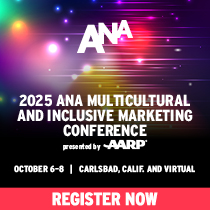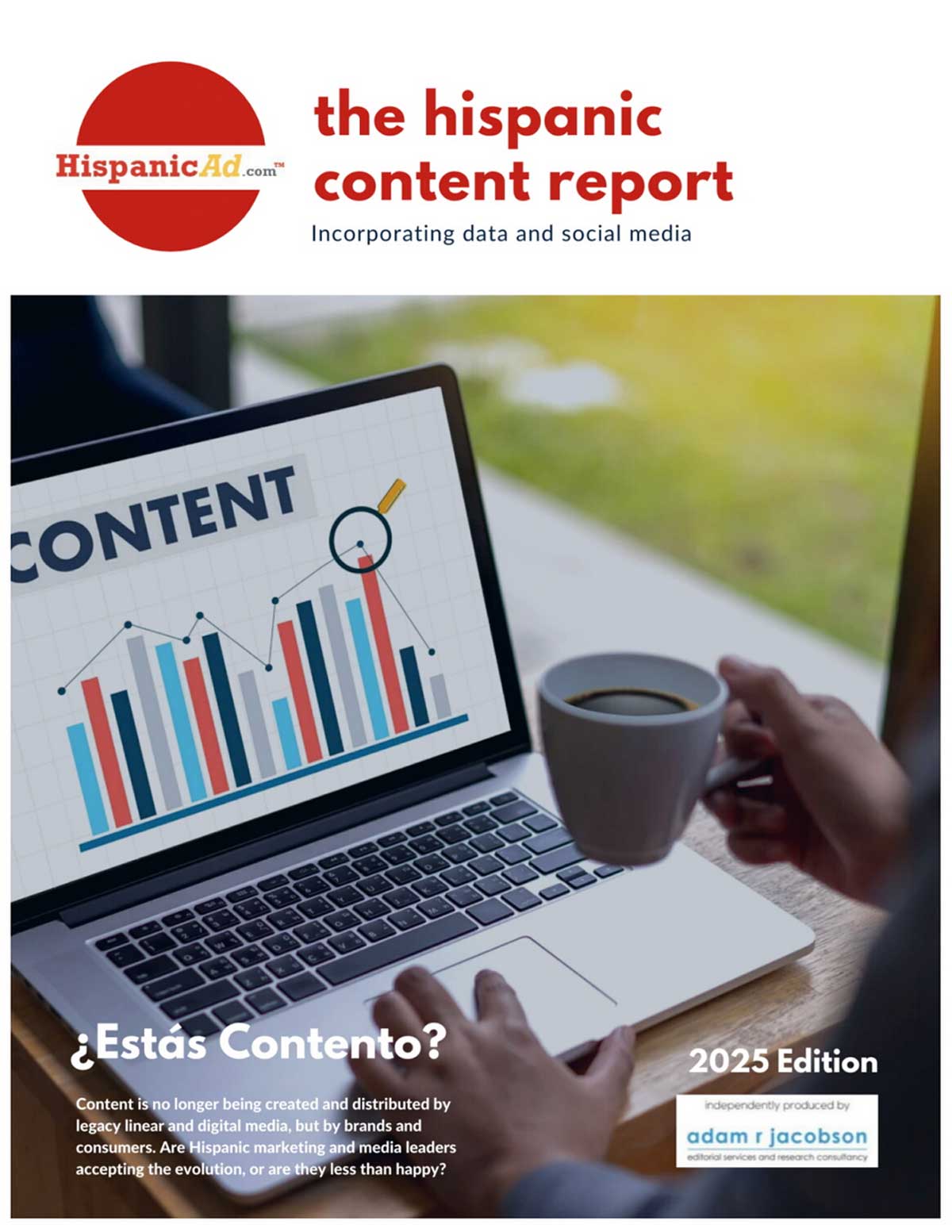Americans are redefining their lives Online and Offline with Social Media Tools.
October 20, 2009
Americans have dramatically integrated social networking tools into their lives. Euro RSCG Worldwide, one of the world’s leading advertising and marketing agency networks, conducted a study on how people use the ever-changing options in social and online media available today. According to the study, their world is expanding and narrowing at the same time because of social media’s hyperlocalization quotient. And “cyberdisinhibition” — being more willing to behave online in ways they wouldn’t in person — has both emboldened users and led them to inappropriate behavior.
“Word of mouth has always been the most powerful marketing tool; what social media has done is dramatically increase the scale, velocity and immediacy with which people can influence each other and create the biggest
revolution to hit our industry since television,” said David Jones, global CEO of Euro RSCG Worldwide. “One of the interesting findings of the study is that it’s the combination of online and offline experiences that creates
the biggest impact.”
Despite buzz to the contrary, online social networking is enhancing, not deteriorating, relationships among Americans. This new study, of 1,228 social media users in the United States, found that by interacting through
online media, consumers are more connected than ever. Some of the significant findings include:
— Although more than half of respondents (53.5 percent) have met new people through electronic media, face-to-face interaction is still the gold standard.
— Consumers are engaging more in what Euro RSCG calls trialogues — multi-way exchanges of ideas and opinions among consumers and brands, which matter now more than ever.
— Consumers are not only more involved with family and friends, but they also have increased their involvement in political and humanitarian issues.
— A solid 40 percent agree that social groupings online can be truly social, while only 14 percent disagree; figures differ very little across age, gender, ethnic or income groups.
“Online social networking has become part of our culture so quickly, it’s easy to forget just how new it is and how much it’s a work in progress. People are still experimenting with the different options and finding ways to make it part of their life,” said Marian Salzman, president of Euro RSCG Worldwide PR, North America, and one of the world’s top five trendspotters. “Forget the images of sad antisocial types. Smart consumers are mixing and matching the tools that come available to meet their social needs. Electronic tools are making them even more socially active, just as the telephone did back in the day.”
Euro RSCG Worldwide has established five key takeaways:
1. Social media are now a vital consideration in any communications strategy in any country where digital media are accessible to citizens and consumers.
2. It’s impossible to predict how bits of communication will spread across social media. As most traditional media converge online, communication flows among them, and consumers become messengers.
3. The Web is worldwide, but its emerging power is hyperlocal. This is the space where what’s virtual (online) meets what’s tangible (offline), with each reinforcing the other.
4. Social media enable consumers to be more socially collaborative and to share easily across media types. But users now expect quick responses and clear payoffs. The underlying question is always: What’s in it for me?
5. The more interactions happen online, with no direct offline contact, the more likely people are to tilt toward extreme behavior. It’s important to blend both online and offline elements.
What It All Means for Consumers, Brands and Marketers
Salzman offers examples of what the study’s findings mean in today’s world:
— Intimacy (a new definition). “Today we have friends and we have followers and we have the ability to track people in real time via social media, watching their online habits. But more important, we might exchange 20 to 30 bits and bytes with another person in a day, IM with them over the course of an afternoon on Facebook or tweet them numerous times, sharing private moments, all leading to a faux sense of solidarity or sharing — the hugs of virtuality.”
— Holiday shopping. “The smartest brands may well activate their advocates via Facebook and Twitter and surely will drive consumers to stores with special offers. They’ll also lead some level of frenzy for hot, hot products by getting advocates to pass along the good word. The Sunday shopping supplement has been upstaged by the real-time tweet and the Facebook fan page, plus the Amazon-eBay whirlwind.”
— Posting on the job. “Posting about the workplace and in real time about job satisfaction is a great part of career enhancement in today’s world, and there are sites that pander to it. Yet internal communications is a huge issue for corporations that need these advocates to talk the talk, not the mind and mood of the moment. The challenge of real-time messaging and social media is that people overshare.”
— Preview dating. “People and brands can be tried out online before we experience them face-to-face. This is the new normal for shopping and dating: We make chat dates, and we visit articles of clothing — and any variety of other consumer products — many times before we purchase them.”
For this study, MicroDialogue conducted the proprietary survey research and analyzed thousands of verbatims and other conversations across blogs, Twitter and forums.
To download study CLICK on link below:
http://www.eurorscgprcampaign.com/wp-content/uploads/2009/11/EuroWhitePaper_SocialMedia.pdf>



























